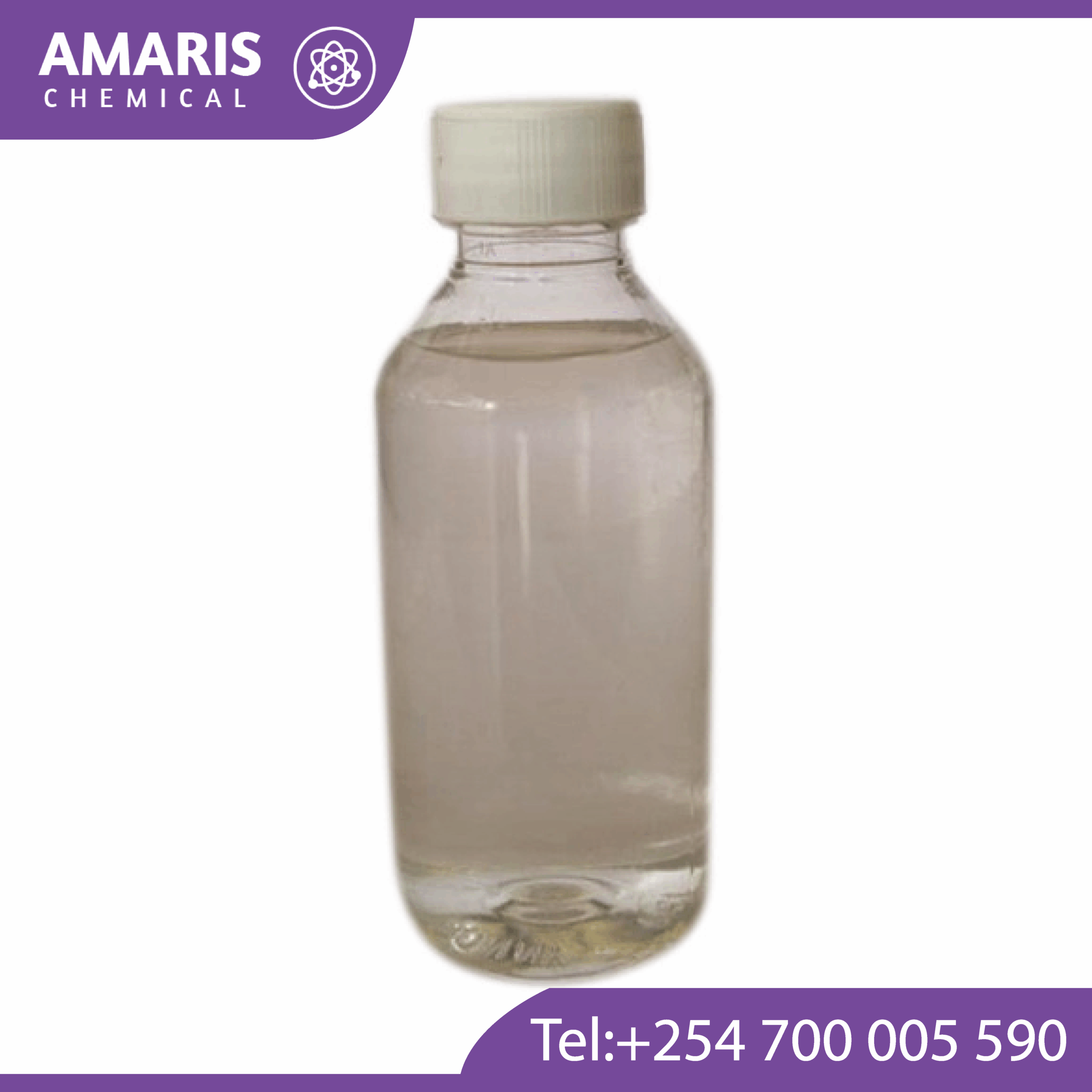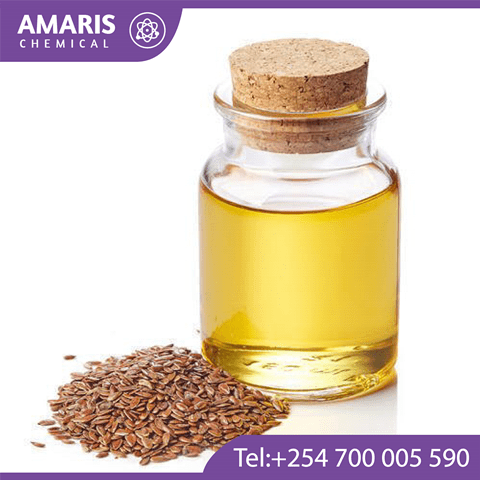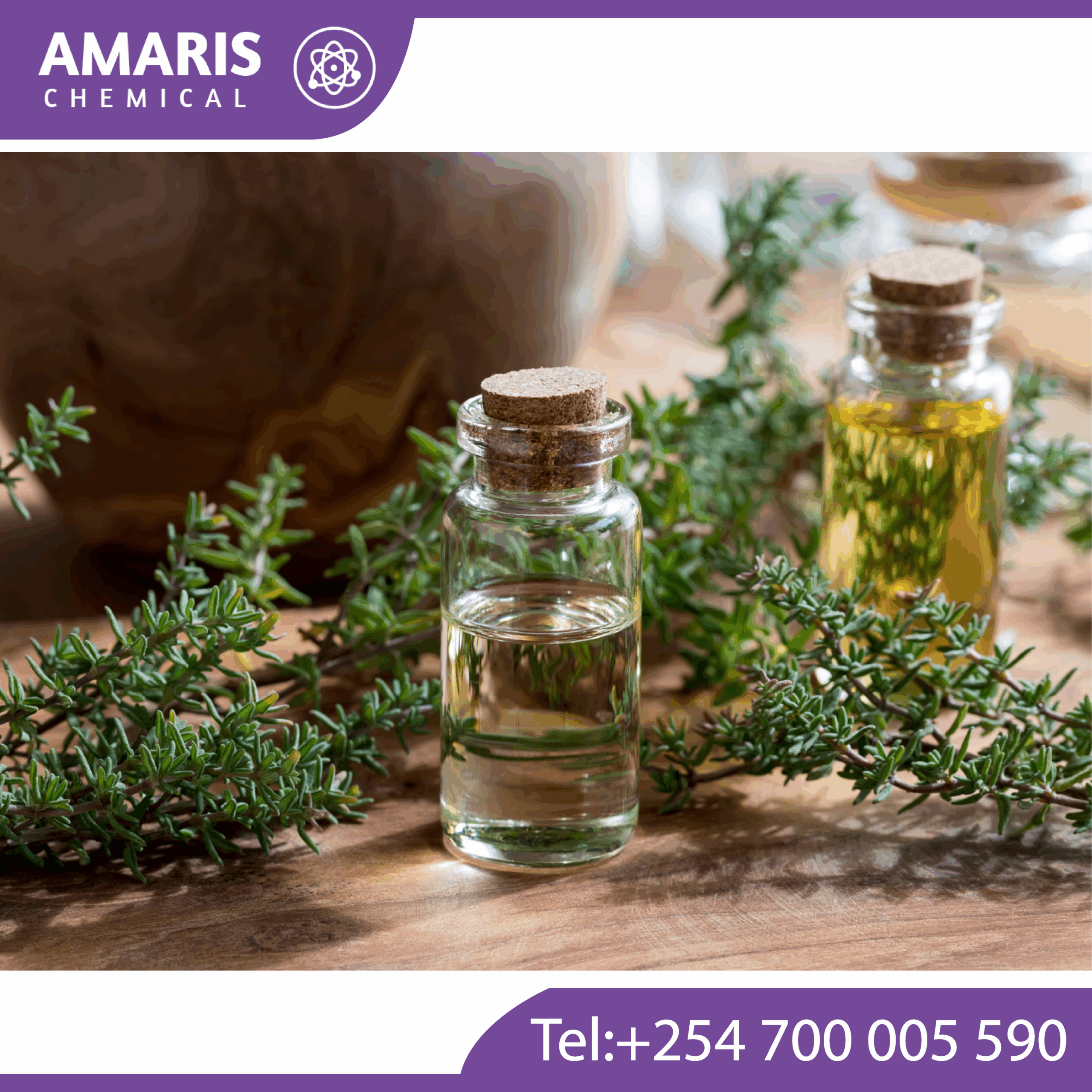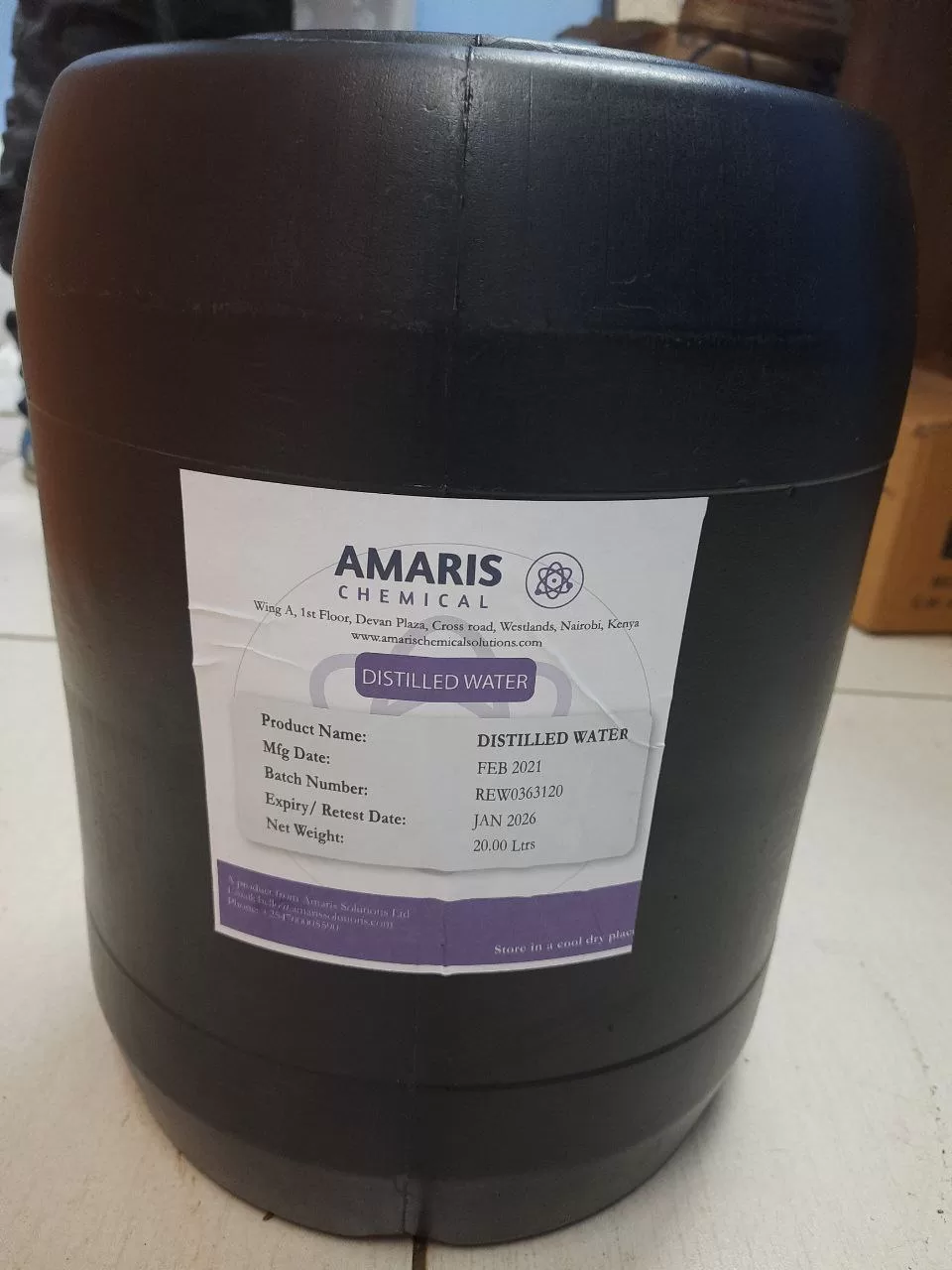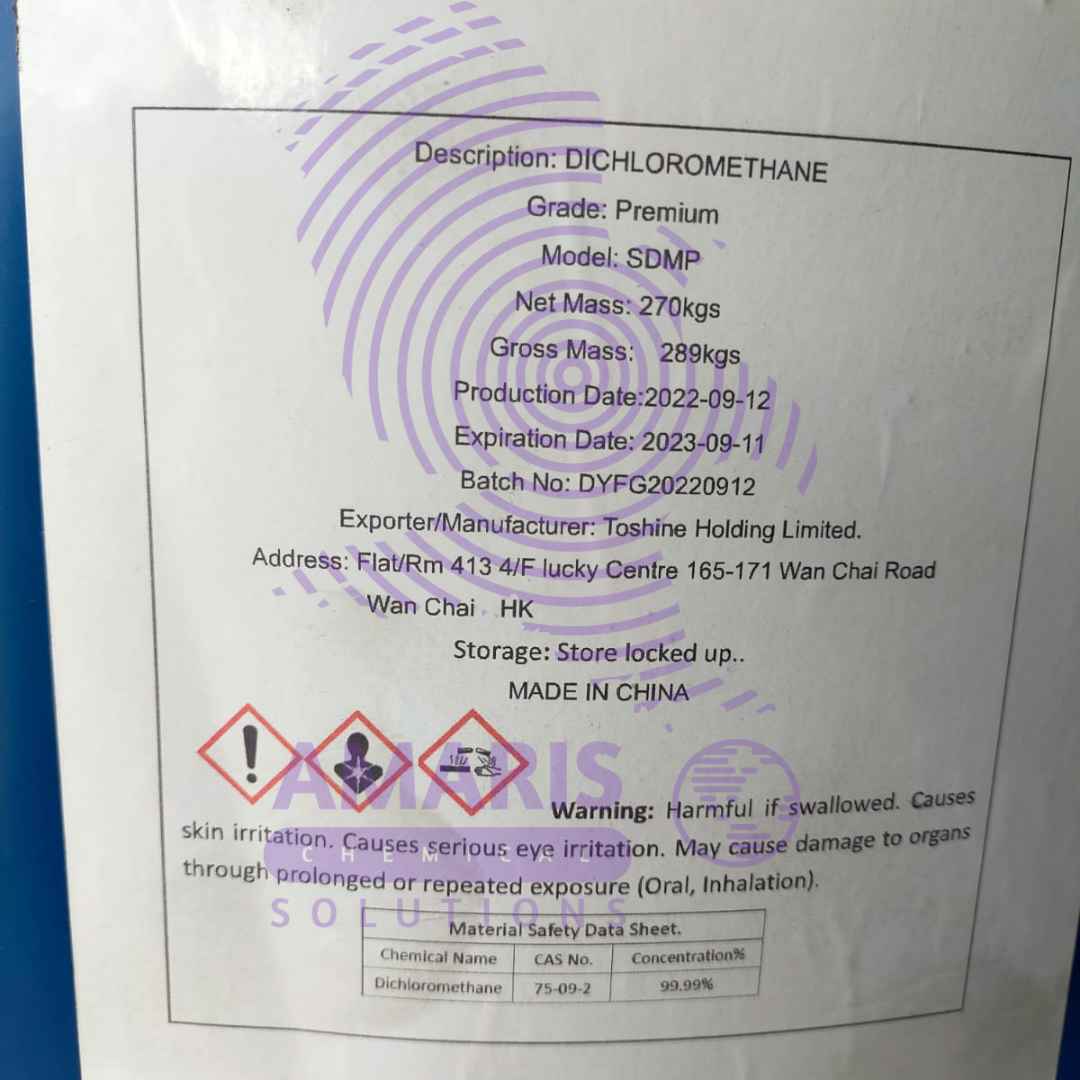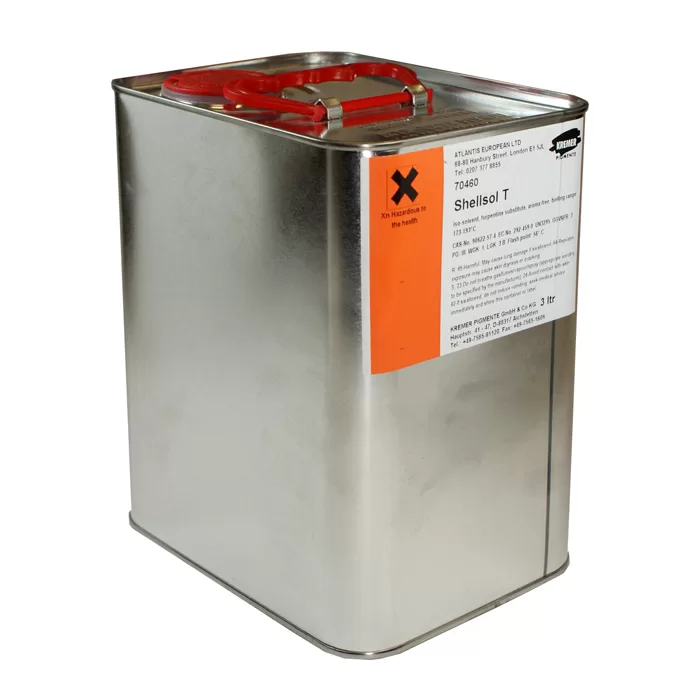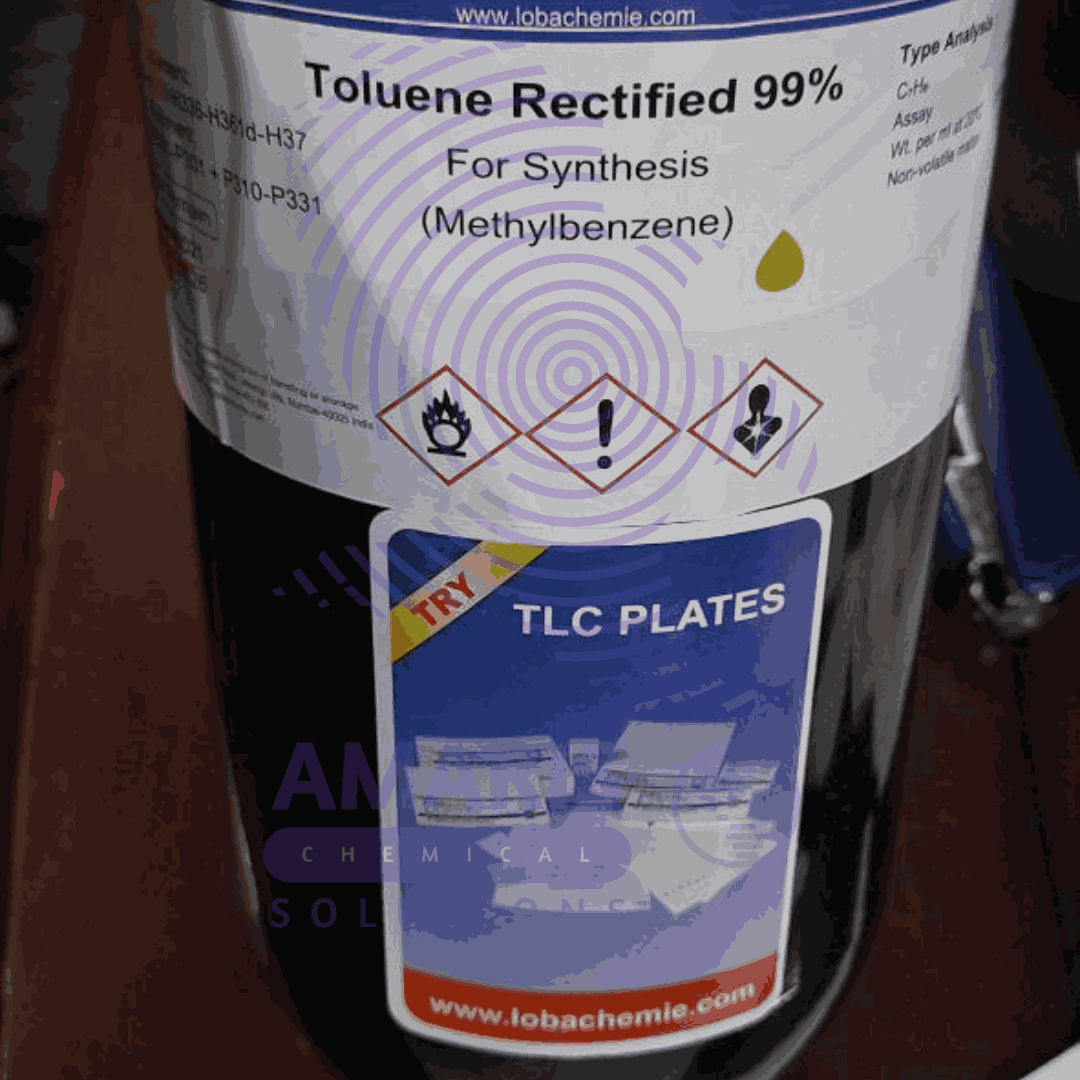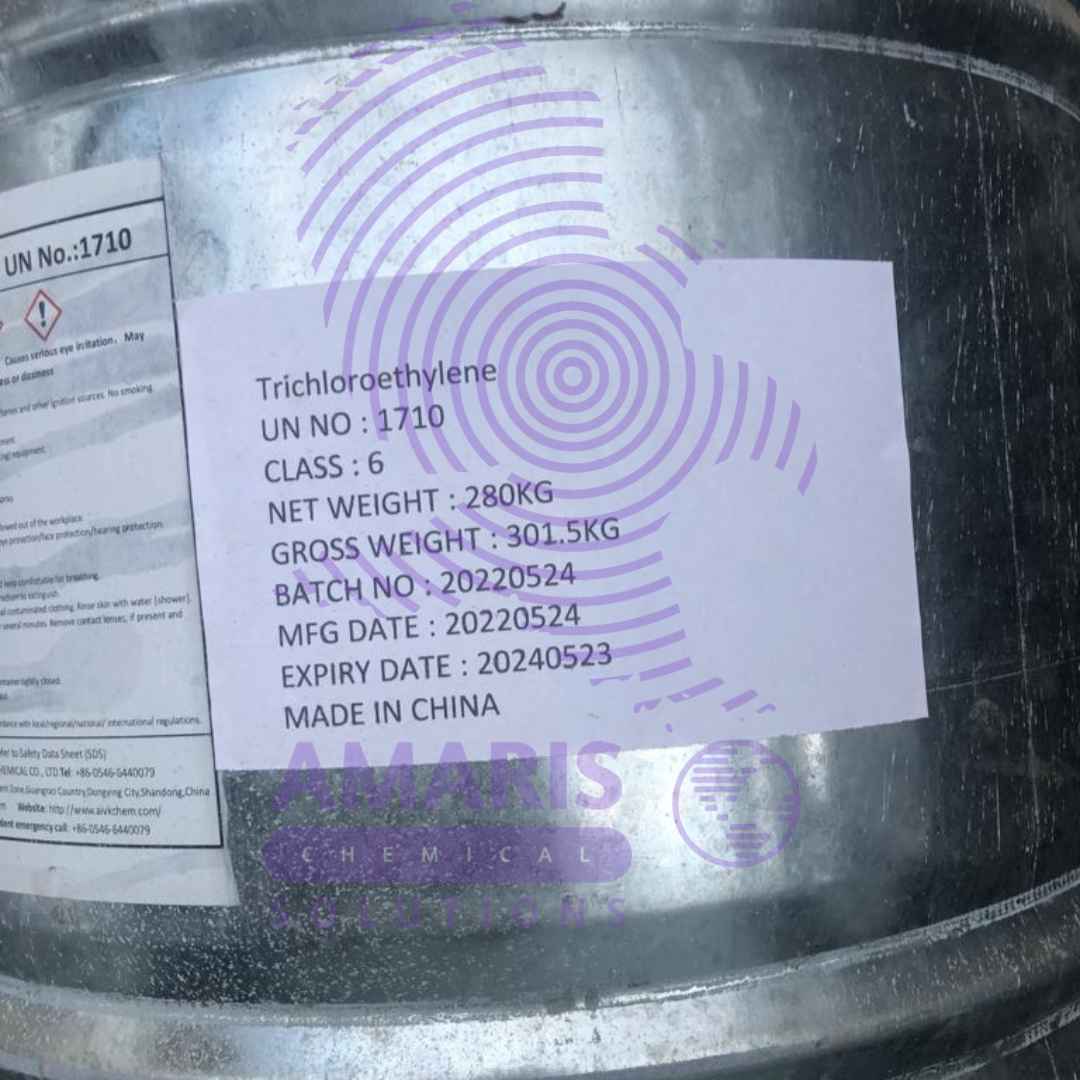“Ethylene Glycol Monoethyl 190kg” has been added to your cart. View cart
Shipping & Delivery


MAECENAS IACULIS
Vestibulum curae torquent diam diam commodo parturient penatibus nunc dui adipiscing convallis bulum parturient suspendisse parturient a.Parturient in parturient scelerisque nibh lectus quam a natoque adipiscing a vestibulum hendrerit et pharetra fames nunc natoque dui.
ADIPISCING CONVALLIS BULUM
- Vestibulum penatibus nunc dui adipiscing convallis bulum parturient suspendisse.
- Abitur parturient praesent lectus quam a natoque adipiscing a vestibulum hendre.
- Diam parturient dictumst parturient scelerisque nibh lectus.
Scelerisque adipiscing bibendum sem vestibulum et in a a a purus lectus faucibus lobortis tincidunt purus lectus nisl class eros.Condimentum a et ullamcorper dictumst mus et tristique elementum nam inceptos hac parturient scelerisque vestibulum amet elit ut volutpat.
Related products
Butanol 99.4%
Rated 4.75 out of 5
Butanol, also known as butyl alcohol, is a type of alcohol with four carbon atoms in its molecular structure. There are four isomeric forms of butanol, which differ based on the location of the hydroxyl (-OH) group on the carbon chain. These isomers are:
- n-Butanol (1-butanol): The "n" stands for "normal," indicating that the carbon chain is linear. It is often used as a solvent and in the production of plastics, coatings, and pharmaceuticals.
- Isobutanol (2-methyl-1-propanol): This isomer has a branched structure, with a methyl group (-CH3) attached to the second carbon atom. Isobutanol has applications as a solvent, in the production of various chemicals, and as a fuel additive.
- Sec-butanol (2-butanol): It has a branched structure, with the hydroxyl group attached to the second carbon atom. It's used as a solvent and in the manufacture of perfumes and pharmaceuticals.
- Tert-butanol (2-methyl-2-propanol): This isomer is highly branched, with the hydroxyl group attached to a carbon atom that is itself attached to three other carbon atoms. Tert-butanol is used primarily as a solvent and as a chemical intermediate.
Deionized water 20 litres
Deionized water, also known as demineralized water, is water that has had its mineral ions (such as sodium, calcium, iron, and copper) and dissolved solids removed through a process called ion exchange.
Distilled water, on the other hand, is water that has been purified by boiling it into steam and then condensing the steam back into water. This process removes impurities such as minerals, bacteria, and other contaminants.
Both deionized and distilled water are highly purified forms of water, but the processes used to purify them are different. Deionized water is typically used in laboratory settings or in industrial processes, while distilled water is commonly used in medical applications, humidifiers, and in some consumer products
Dichloromethane 270kg
Rated 5.00 out of 5
Dichloromethane, also known as methylene chloride, is a volatile organic compound and a colorless, sweet-smelling chemical compound with the chemical formula CH2Cl2. It is a widely used solvent in various industrial applications and laboratory processes. Dichloromethane is characterized by its ability to dissolve a wide range of organic and inorganic substances, making it valuable in tasks such as paint stripping, degreasing, and as a solvent in chemical reactions. However, it should be handled with care as it can pose health and environmental risks due to its potential toxicity and volatility.
Ethyl acetate 99.5% 2.5L
Rated 5.00 out of 5
Ethyl acetate is a colorless liquid with a characteristic fruity odor. It's commonly used as a solvent in paints, varnishes, and nail polish removers. You might also find it in certain glues, decaffeinating coffee, and flavorings. It's considered relatively safe for use in these applications but should be handled with care due to its flammable nature. Additionally, ethyl acetate occurs naturally in fruits like apples and bananas, contributing to their aroma and flavor.
Hexane 2.5litres AR
Rated 5.00 out of 5
Hexane is a hydrocarbon with the chemical formula
𝐶6𝐻14.
It is a member of the alkane series, which means it is composed solely of hydrogen and carbon atoms with single bonds between them. Hexane is a colorless liquid at room temperature and is commonly used as a non-polar solvent in laboratories and industrial applications. Here are some key properties and uses of hexane:
Shellsol T
Rated 4.97 out of 5
Toluene 2.5 liters
Toluene is an aromatic hydrocarbon compound with the chemical formula C₆H₅CH₃. It is a clear, colorless liquid with a sweet, pungent smell. Toluene is widely used as a solvent in various industrial processes and is a common ingredient in many products, including paints, coatings, adhesives, and cleaning agents. It can also be found naturally in crude oil and is produced during the process of making gasoline. Toluene is flammable and can have harmful effects on human health if inhaled or ingested in large quantities.
Trichloroethylene 280kg
Rated 5.00 out of 5
Trichloroethylene is a volatile organic compound and chemical substance with the chemical formula C2HCl3. It is a colorless, non-flammable liquid with a sweet odor, primarily used as an industrial solvent, degreaser, and in some medical applications. Trichloroethylene is known for its ability to dissolve oils, fats, and waxes, making it useful for cleaning and degreasing metal parts and in various manufacturing processes. However, it is also considered a hazardous substance due to its potential health risks and environmental concerns, including its association with adverse health effects such as respiratory and central nervous system problems, as well as its contribution to air pollution and groundwater contamination when not handled and disposed of properly.

